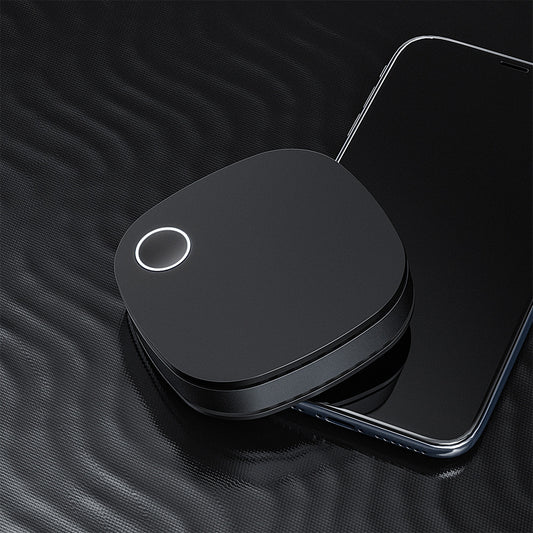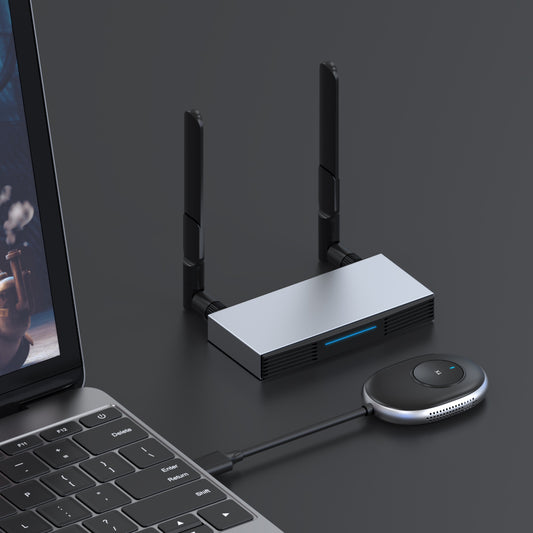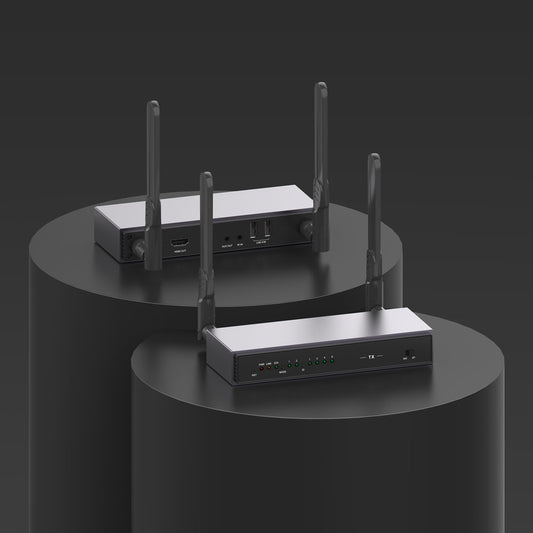
5g Or 2.4g: Which Is Right For You
These numbers are now used by the majority of routers to distinguish between the two different radio wavelengths (also known as "bands" or "frequencies") used to transmit Wi-Fi connections.
Simply put, a frequency is a path that data or information flows on. You can utilize 2.4 GHz or 5 GHz W-Fi instead of your car's radio, which offers a ton of channels.
Your WiFi-connected devices, such as smartphones, laptops, tablets, and other gadgets, receive internet signals from your wireless router via radio frequencies. The most important thing to consider is that depending on the internet service speed that consumers are paying for, the Wi-Fi speeds for the house or workplace will differ.
Let's examine the contrasts in more detail.
Speed or Range
The main distinction between 2.4GHz and 5GHz is between wireless range and speed. Use 2.4 GHz if you want a longer range. If you need additional speed or performance, use the 5GHz band.
Use 2.4 GHz if you want your devices to have better performance and a greater range. If you are willing to give up range in favour of quicker r speed, you should utilize the 5GHz band. The 5GHz band, the younger of the two, has the ability to optimize network performance by cutting through network interference and clutter.
There are typically fewer competing devices on the newer band, and there are 5GHz more channels for communication. However, 5GHz isn't intended to have the same range as 2.4GHz. You can choose which band to use because more recent routers offer both 2.4GHz and 5GHz frequencies.

How to select the best frequency for your needs—2.4 GHz or 5 GHz
1. Your home's size
Larger homes will need a larger service area, and 2.4GHz is ideal for longer ranges despite being slower.
In addition to offering higher speeds over shorter distances for smaller houses or apartments, 5GHz also helps reduce network interference from nearby sources.
Having said that, it's crucial to take into account Wi-Fi network extenders, which let you increase your Wi-Fi coverage while utilizing the 5GHz band's benefits.
2. Obstacles and Interferences
The 2.4GHz spectrum is particularly prone to interference since so many devices use it. The 2.4GHz frequency is frequently used by microwaves, baby monitors, and garage door openers, which causes them to be congested by other signals and reduces speed.
As long as the device is close to the router/access point, the 5GHz will be a better option to help solve problems slowing down your Wi-Fi connection. Comparatively speaking, this frequency would offer faster speeds than 2.4GHz frequencies. The performance will be less impacted by more users if you use an Ethernet connection as opposed to Wi-Fi (which operates at slower rates). Better performance results from less overlap since interference is reduced.
3. The Nature of the Device and Its Application
2.4GHz for devices at a distance
Because it can't easily pass through solid things and has a lower range than 2.4GHz, the 5GHz band is more sensitive than 2.4GHz. Connect devices using the 2.4GHz frequency for low bandwidth activities like web browsing.
5GHz band for smaller devices
The ideal option is 5GHz if you frequently engage in high-bandwidth online activities like gaming or video conferencing, and your device doesn't need to be moved around frequently. For high-bandwidth applications or activities like streaming HDTV and gaming, 5GHz is best suited.
Similar to 2.4GHz frequencies, this frequency would offer faster speeds if it could be placed close to your router. The performance will be less impacted by more users if you use an Ethernet connection as opposed to Wi-Fi (which operates at slower rates).
You can lessen competition for the same channels by distributing your devices among the two bands. Your Wi-Fi security may also be improved by dividing your personal and Internet of Things (IoT) devices. You may optimize the performance of your network by dividing your devices between 2.4GHz and 5GHz.
A Dual Band Router: What Is It?
In our daily lives, routers have become crucial digital equipment. Our ability to use Wi-Fi online is significantly influenced by a router's performance. The router's ability to transfer data over two separate radio frequencies, or "bands"—the 2.4 GHz band and the 5 GHz band—is one of its most crucial capabilities.
"Dual-band" routers are those that employ both bands. Dual-band routers are simpler to set up than single-band routers since they send two wireless signals simultaneously, improving performance.
Dual-band routers: How do they operate?
Dual-band routers may operate at both 2.4 GHz and 5 GHz. The band is often chosen by the WiFi-connected device you are using, such as your laptop or smartphone. Even though there may be less interference and greater bandwidth available on the 5 GHz band, your brand-new phone may continue to operate on the 2.4 GHz frequency for as long as it can maintain a connection. If you instruct it to do so or if it is unable to maintain a connection to the 2.4 GHz frequency, it will only switch to the 5 GHz band.
Some routers don't let your devices make the decision. They keep an eye on how busy the 2.4 GHz band is and will direct your devices to the less busy 5 GHz channel if necessary. This is known as "band steering." Naturally, these dual-band routers won't try to move your older devices to the 5 GHz frequency if you still have any that can only connect to the 2.4 GHz frequency.
Dual-Band Wi-Fi Wireless Display Adapters
Dual-band Wi-Fi network adapters include both 2.4 GHz and 5 GHz wireless radios, just like dual-band routers.
For more stability and better streaming, the ProScrenCast wireless extender's built-in dual-band (2.4 GHz and 5 GHz) connection to the Internet uses your wireless network. Make sure you connect stably and get lower latency during the screen casting.
ProScreenCast SC01 Miracast dongle and ProScreenCast SC02 wireless HDMI transmitter and receiver deployment in your home or business's meeting areas have numerous advantages and benefits, including:
- Minimizes problems caused by a room that is locked onto a specific conferencing tool.
- Allows for automatic wireless connectivity to the AV equipment in the room
- Enables participants in distant meetings to view shared content on the room display
- With app-free Wi-Fi sharing, shared dongles and cords are no longer in contact.
- Reduces costs by getting rid of specific hardware and licensing fees








